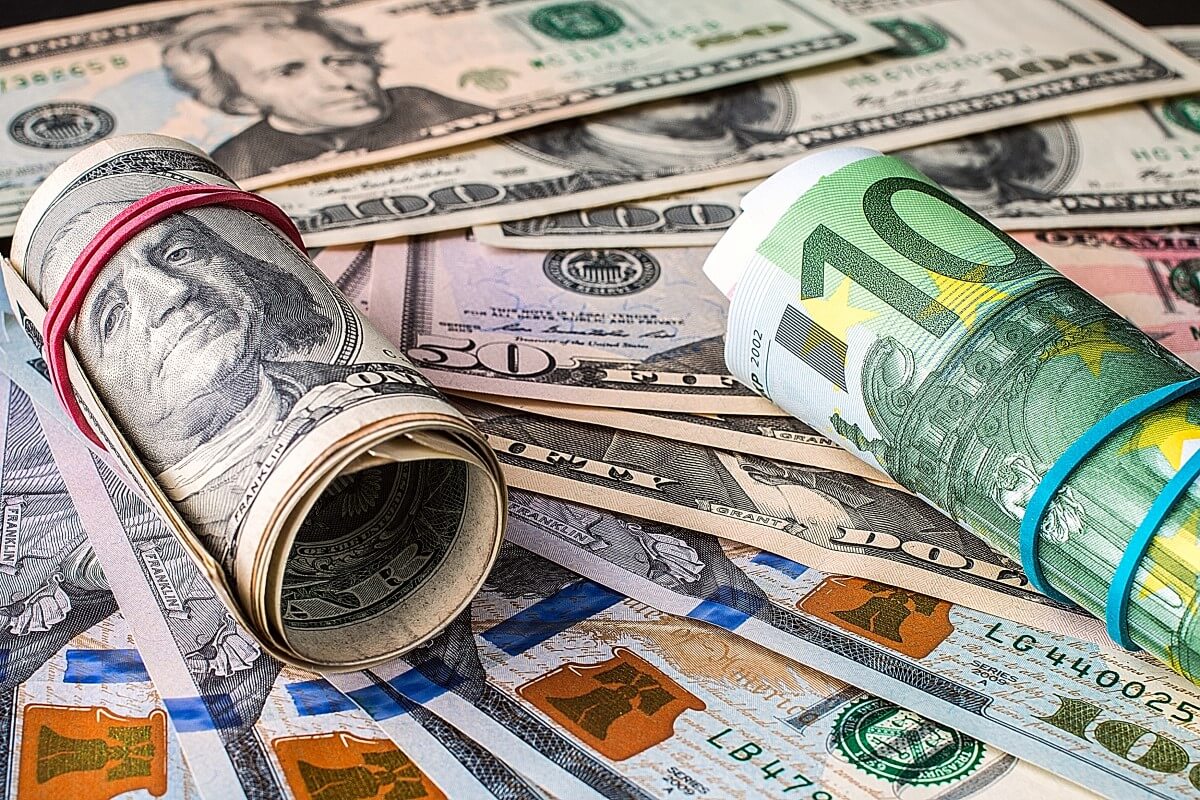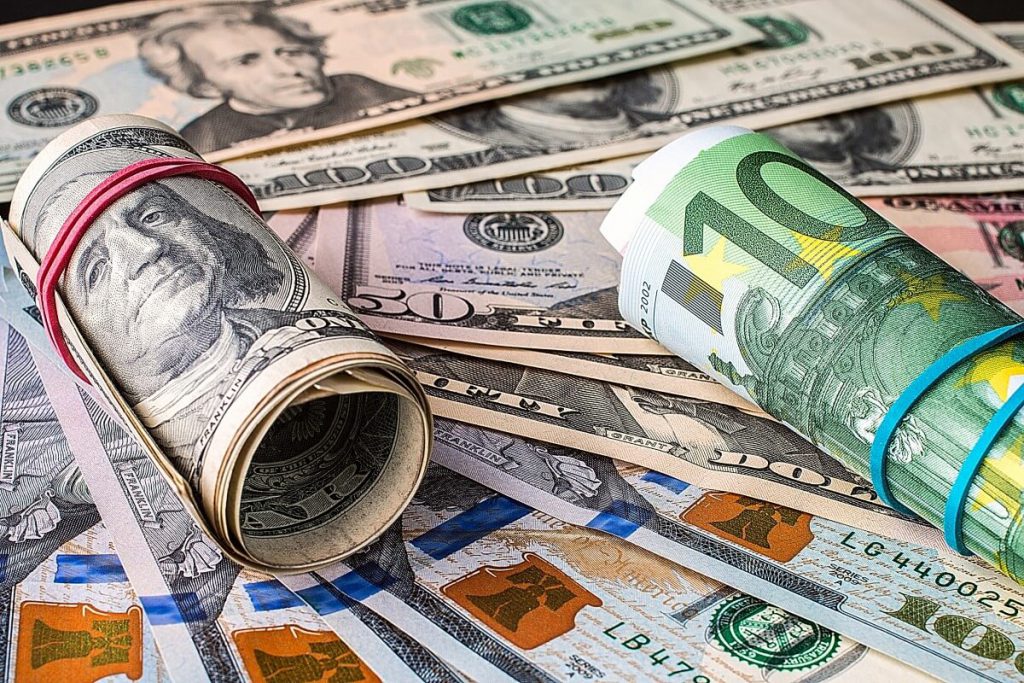
What Is a Currency Crisis?
There have been several currency crises since the early 1990s. These include a sudden and significant devaluation of a country’s currency, erratic markets, and a lack of confidence in the economy.
Although generally unexpected, analysts can predict currency crises occasionally. Governments, investors, central banks, or other parties may be the cause. However, the outcome is usually the same: The pessimistic attitude results in extensive economic harm and capital loss. This essay examines the causes of past currency crises and their historical influences.
A rapid decrease in a country’s currency’s value triggers a currency crisis. This decrease in value harms an economy by causing unstable exchange rates, where one unit of one currency no longer buys as much as it did in another.
However, a weak real economy underpinning the country’s currency is frequently the cause of a currency crisis, such as hyperinflation. To put it another way, a currency crisis is frequently the symptom, not the cause, of a more serious economic downturn.
Currency crises can affect more places than others. For instance, although it is theoretically feasible for the U.S. dollar to crash, doing so is improbable given that it serves as a reserve currency.
Defending Against a Currency Crisis
Central banks provide the first line of defense for preserving currency stability. Central banks can attempt to retain the present fixed exchange rate peg by drawing on the nation’s foreign reserves, or they can intervene in foreign exchange markets for a floating exchange rate system when faced with the possibility of a currency crisis.
An increase in interest rates can somewhat counteract the downward pressure on the currency when the market anticipates a devaluation. The central bank can raise the rate by reducing the money supply, which raises demand for the currency.
Central banks can’t maintain the exchange rate for an extended period due to the subsequent decline in foreign reserves and other political and economic factors such as rising unemployment. By increasing the fixed exchange rate and devaluing the currency, domestic goods become less expensive than imports, increasing labor demand and output.
Anatomy of a Currency Crisis
Suppose there is a general decline in investor confidence in the stability of an economy. In that case, investors frequently try to withdraw their money in large quantities. Capital flight is a term used to describe this. Investors change their native currency-denominated investments into foreign currency after selling them.
Due to the worsening exchange rate and subsequent currency run, it may become difficult for the nation to finance its capital expenditures.
Lessons From Currency Crisis
Even if an economy starts in the black, it can nevertheless have a catastrophe. Low debt levels are insufficient to maintain policies or calm unfavorable investor sentiment.
Trade surpluses and low inflation rates can lessen the impact of a crisis on an economy. Still, speculation restricts alternatives in the short term if financial contagion occurs.
Governments will frequently have to give private banks access to liquidity to invest in short-term debt with payments due soon. The government might soon deplete its foreign reserves if it purchases short-term debt.
A few strategies can be used to resolve a currency crisis, such as introducing floating exchange rates, abandoning pegged rates, establishing a monetary policy that permits market trade, and enacting government initiatives to draw in foreign investment.
Why the Euro Has Tumbled Against the Dollar
During the global financial crisis of 2008, when the U.S. economy began to collapse, one Euro was equivalent to around 1.6 US dollars. The European Union has reached parity, or a 1:1 ratio with the Dollar, due to its direct exposure to Russia’s conflict in Ukraine and the European Central Bank’s protracted delay in hiking interest rates. The last time the Euro fell to that low was in 2002 when the currency was starting.
The effects of the conflict, causing an energy crisis and may result in a protracted and severe recession, are mainly in Europe.
The 19-nation euro area is raising interest rates much more slowly than the U.S. Federal Reserve at the same time. Because U.S. Treasury bond yields are greater than those on European paper, investors are drawn to the U.S. dollar rather than the Euro. Furthermore, the Dollar gains from its position as a haven, causing the Euro to decline as the conflict continues and its effects worsen.
Since it makes their exports more competitive, policymakers in many nations have long embraced lower currencies to boost economic growth. However, with inflation in the eurozone already at its highest level since such records began, its weakness is unwelcome. It encourages price increases by raising the cost of imports. Consumer prices in the eurozone increased 8.6% in June from a year earlier. Although the ECB does not target the currency rate, several policymakers have cited a lower euro as a risk to the central bank’s objective to return inflation to 2% over the medium term. However, the Euro appears to be more resilient when compared to other currencies other than the Dollar.
Is the Euro Experiencing an Existential Crisis Now?
No, albeit the common currency has experienced difficulties as a concept in addition to pressure in the past. Since the union’s creation, critics have emphasized the challenges of running a monetary union with diverse economies. That became particularly clear during the 2012 sovereign debt crisis in the eurozone, when investors began to avoid the assets of highly indebted nations like Greece, Italy, and Spain. Although central banks did move in 2000, active intervention to strengthen the Euro in the foreign exchange markets is still uncommon.
To Sum Up
Currency crises can take many different shapes, but they often develop when investor attitudes and expectations do not align with the country’s economic future.
Growth in developing nations generally benefits the global economy. However, history teaches us that excessive growth rates can breed instability and increase the likelihood of capital flight and currency runs.
Effective central bank management can be helpful. Still, it is challenging to forecast the final course an economy will follow, contributing to a persistent currency crisis.


